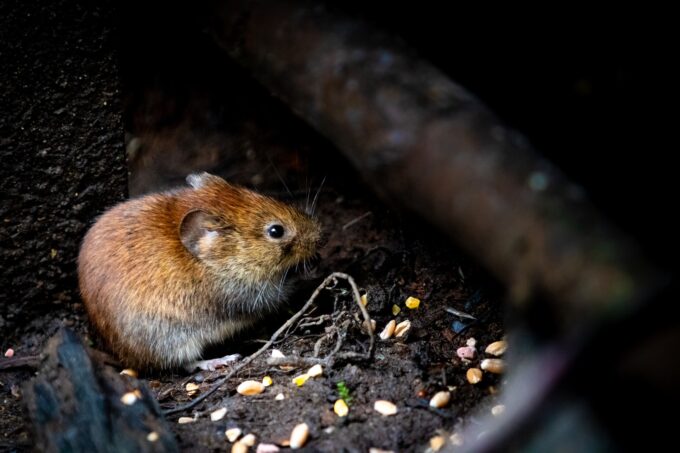
Rats breed and spread disease around homes, businesses, and public areas. Their feces, urine, and carcasses can contaminate surfaces they touch. They also carry bacteria and viruses that infect humans, pets, and livestock.
Keeping rats out of secluded areas is the first step to protecting your property. Trash, debris, and overgrown vegetation can be rat hiding places. Seal exterior holes with metal wire mesh like hardware cloth (rats can’t chew through this material) and concrete mixes.
Prevention
Rats are a nuisance, carrying diseases that can affect human and pet health. Rat infestations can also cause severe damage to homes and businesses.
The best way to keep rats away is to prevent them from finding shelter in your home. Clean up any crumbs or trash that might attract them, and seal any holes they might use to get inside your house.
If you see any signs of a rat problem, like gnaw marks on furniture or food packaging, a rat’s droppings, or a rat nest made from scraps, you should immediately call an exterminator. Rats reproduce quickly, so if you don’t get rid of them soon, they could multiply and cause more problems.
The exact steps to take will depend on the type of rat you have and where the rats are living. For example, an attic infestation is much easier to treat than a rat problem in the walls or ceilings of your home. Some methods of trapping and killing rats or rat removal include traditional snap, glue, or bait traps, pesticides applied to bait stations, and fumigation. The last option is usually the most costly, but it’s the best way to eliminate a high-level rat infestation. However, even if the infestation is eradicated, rats will continue to breed and create more colonies, so prevention is still important.
Treatment
Rats can be devastating to homes and businesses, as they cause property damage and transmit diseases. They also make unpleasant messes, such as droppings and urine. They gnaw holes through walls, furniture, and other objects, leaving a musty odor behind.
They breed rapidly and can establish packs of up to 20 rats. They prefer to nest in dark, secluded areas to hide from predators and the elements. That’s why garages and basements often serve as a perfect place for rats.
To thrive, rats need shelter, food, and water. The cover is easy to come by for a rat: overstuffed closets, cluttered rooms, piles of wood, and unkempt vegetation are all enticing hiding spots. Food is just as accessible: garbage cans, unsecured trash bins, pet food, berries, and nuts. Water, however, can be challenging to find. A dripping faucet can supply rats with the water they need, as can puddles of standing water in the yard or basement.
When you see signs of a rat infestation, acting quickly is essential. Gnaw marks on your furniture or food packages, rat droppings, rat prints, and gnawed holes in the walls indicate that you may have a rat problem.
Extermination
A rat infestation is unsightly and can be dangerous and even deadly. They carry diseases, chew on wires, pose a fire hazard, and destroy property. They breed quickly, causing more damage as they grow.
Conditions that support high rat populations should be eliminated to prevent their proliferation. Poison or traps may be used to reduce the population, but this does not address the problem at its root.
Contacting a professional rat exterminator to handle any rat problem is best. He will not only provide traps but will also be able to seal entry points and recommend preventative measures.
Most often, a rat problem is caused by food and clutter. Clutter includes overstuffed closets, dirty pantries, unsecured trash, and wood piles. Clutter attracts rats, as does a ready supply of food. Bread, pet food, berries, and nuts are all attractive to them. Water sources, including leaky pipes and kitchen drains, also lure rats. Arboreal roof rats, which can be challenging to control, seek shelter under overhanging branches and enter a home via these. To discourage them, remove overhanging branches and store trash in airtight containers. If rats are already present, leave traps with various baits in the areas that they frequent.














